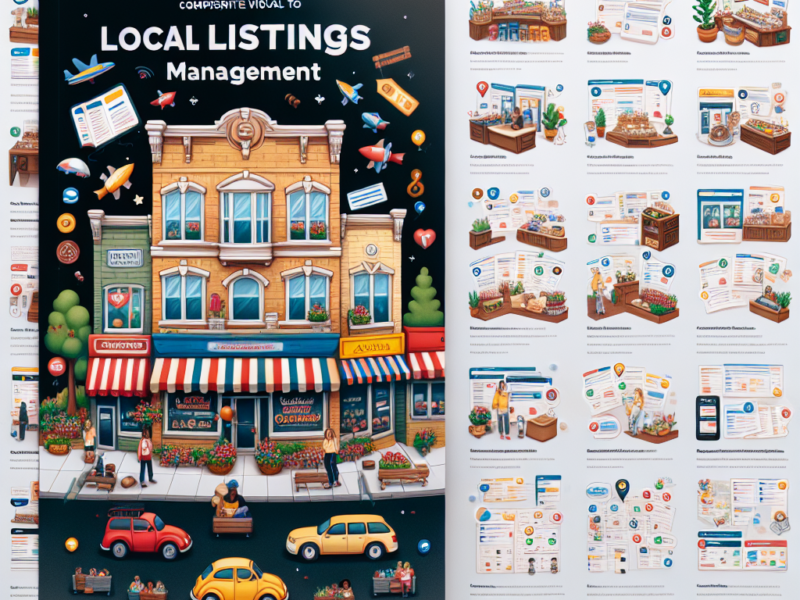Table of Contents
- Email Marketing Automation: Streamlining Your Campaigns
- Understanding Email Marketing Automation
- Benefits of Email Marketing Automation
- Key Components of Effective Email Marketing Automation
- 1. Choosing the Right Automation Platform
- 2. Setting Up Automation Triggers
- 3. Creating Compelling Content
- 4. Continuous Testing and Optimization
- Real-World Examples of Successful Email Marketing Automation
- Best Practices for Email Marketing Automation
- Future Trends in Email Marketing Automation
- Conclusion: Key Takeaways
Email Marketing Automation: Streamlining Your Campaigns

Email marketing remains a cornerstone of digital marketing strategy, offering unparalleled reach and ROI. However, as the scale and complexity of email campaigns grow, marketers increasingly turn to automation to streamline processes, enhance efficiency, and bolster the effectiveness of their campaigns. This article delves into the nuances of email marketing automation, exploring its benefits, key strategies, and practical examples to help you optimize your marketing efforts.
Understanding Email Marketing Automation
Email marketing automation involves using software to manage, execute, and monitor email campaigns automatically. By automating routine tasks, marketers can focus on strategy and creative elements, ensuring that their email campaigns are both effective and engaging.
- Triggered Emails: These are sent automatically based on specific actions taken by users, such as signing up for a newsletter or abandoning a shopping cart.
- Drip Campaigns: A series of emails sent out at predetermined intervals to nurture leads and maintain engagement.
- Segmentation: Automation tools allow for the segmentation of email lists based on behavior, demographics, and other criteria, enabling more targeted and personalized communication.
Benefits of Email Marketing Automation
Implementing email marketing automation can transform your marketing strategy by offering several key benefits:
- Increased Efficiency: Automate repetitive tasks like sending welcome emails or follow-up reminders, saving time and reducing the likelihood of human error.
- Enhanced Personalization: Use data insights to tailor messages to individual preferences and behaviors, increasing engagement and conversion rates.
- Scalability: Easily manage large volumes of email without compromising on the quality or personalization of each message.
- Better ROI: By improving targeting and timing, automation can help maximize the return on investment of email marketing campaigns.
Key Components of Effective Email Marketing Automation
To leverage email marketing automation effectively, several components must be carefully managed:
1. Choosing the Right Automation Platform
Selecting the appropriate email marketing automation software is crucial. It should integrate seamlessly with other tools in your marketing stack, offer intuitive design and segmentation features, and provide robust analytics to track performance.
2. Setting Up Automation Triggers
Triggers are the backbone of automation. These can include user actions like website visits, email opens, or form submissions. Setting up the right triggers ensures that the right messages reach the right people at the right time.
3. Creating Compelling Content
Content is king in any marketing strategy. In email marketing, compelling content tailored to the audience’s needs and stage in the customer journey can dramatically boost engagement.
4. Continuous Testing and Optimization
Regular testing and optimization of your email campaigns are essential. A/B testing different subject lines, call-to-action buttons, or email layouts can provide valuable insights that help refine your strategy.
Real-World Examples of Successful Email Marketing Automation
Many companies have successfully implemented email marketing automation to achieve remarkable results:
- Case Study 1: A retail company implemented triggered emails for cart abandonment and saw a 50% increase in recovered sales within three months.
- Case Study 2: A B2B service provider used segmented drip campaigns to nurture leads, resulting in a 30% uplift in conversion rates.
Best Practices for Email Marketing Automation
To maximize the effectiveness of your email marketing automation efforts, consider the following best practices:
- Keep Your Data Clean: Regularly update and maintain your email list to ensure accuracy and relevancy.
- Personalize Your Messages: Go beyond using the recipient’s name; tailor content based on user behavior and preferences.
- Respect User Preferences and Privacy: Always provide options for users to manage their communication preferences and comply with data protection regulations.
- Monitor and Adjust: Continuously analyze the performance of your campaigns and make adjustments based on data-driven insights.
Future Trends in Email Marketing Automation
The future of email marketing automation looks promising with advancements in AI and machine learning. These technologies are expected to enhance personalization, predict user behavior more accurately, and automate content creation, making campaigns even more effective and personalized.
Conclusion: Key Takeaways
Email marketing automation offers a multitude of benefits that can significantly enhance the efficiency and effectiveness of your marketing campaigns. By understanding its core components, implementing best practices, and staying abreast of future trends, you can ensure that your email marketing efforts yield strong results. Remember, the key to successful email marketing automation lies in personalization, timely communication, and continuous optimization.
Streamline your email marketing campaigns today with automation and watch your business grow!



The real-world examples really demonstrated the success that can come from using email marketing automation effectively.
I appreciate the best practices for email marketing automation, it’s important to keep data clean and respect user preferences.
The future trends in email marketing automation are really exciting, especially the potential for advancements in AI and machine learning.
I found this article very informative and helpful in understanding the benefits of email marketing automation.
I think the explanation of triggers and segmentation in email marketing automation was very clear and easy to understand.
I didn’t realize the impact that email marketing automation could have on efficiency and ROI. This was eye-opening.
The key takeaways at the end of the article summarized everything really well, and I feel more confident in understanding email marketing automation.
The benefits of email marketing automation are clear, and I can see how it can make a significant difference in marketing campaigns.
I learned a lot about email marketing automation from this article, especially the importance of creating compelling content and continuous testing.
This article provided a comprehensive overview of email marketing automation and its benefits, which was very valuable.